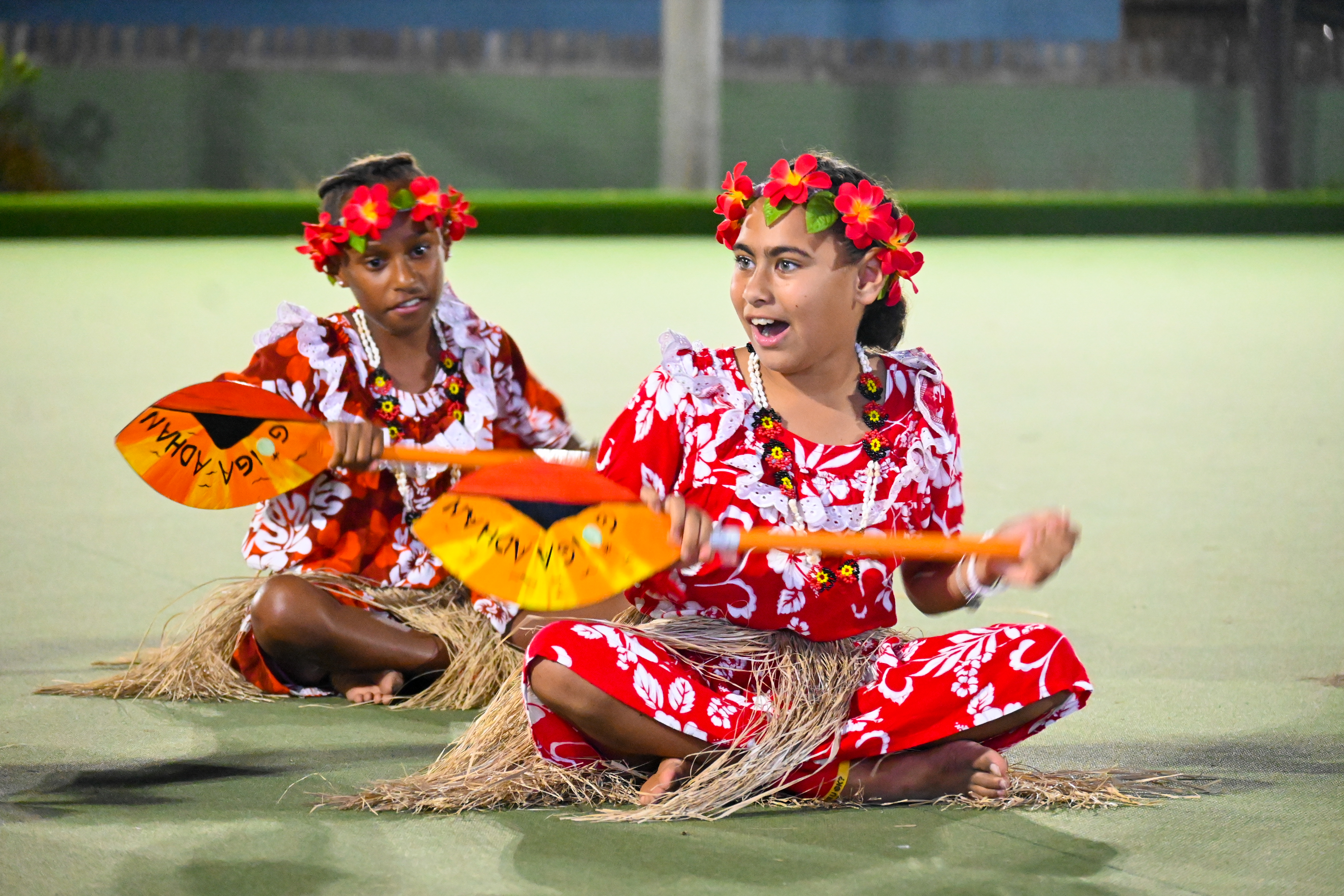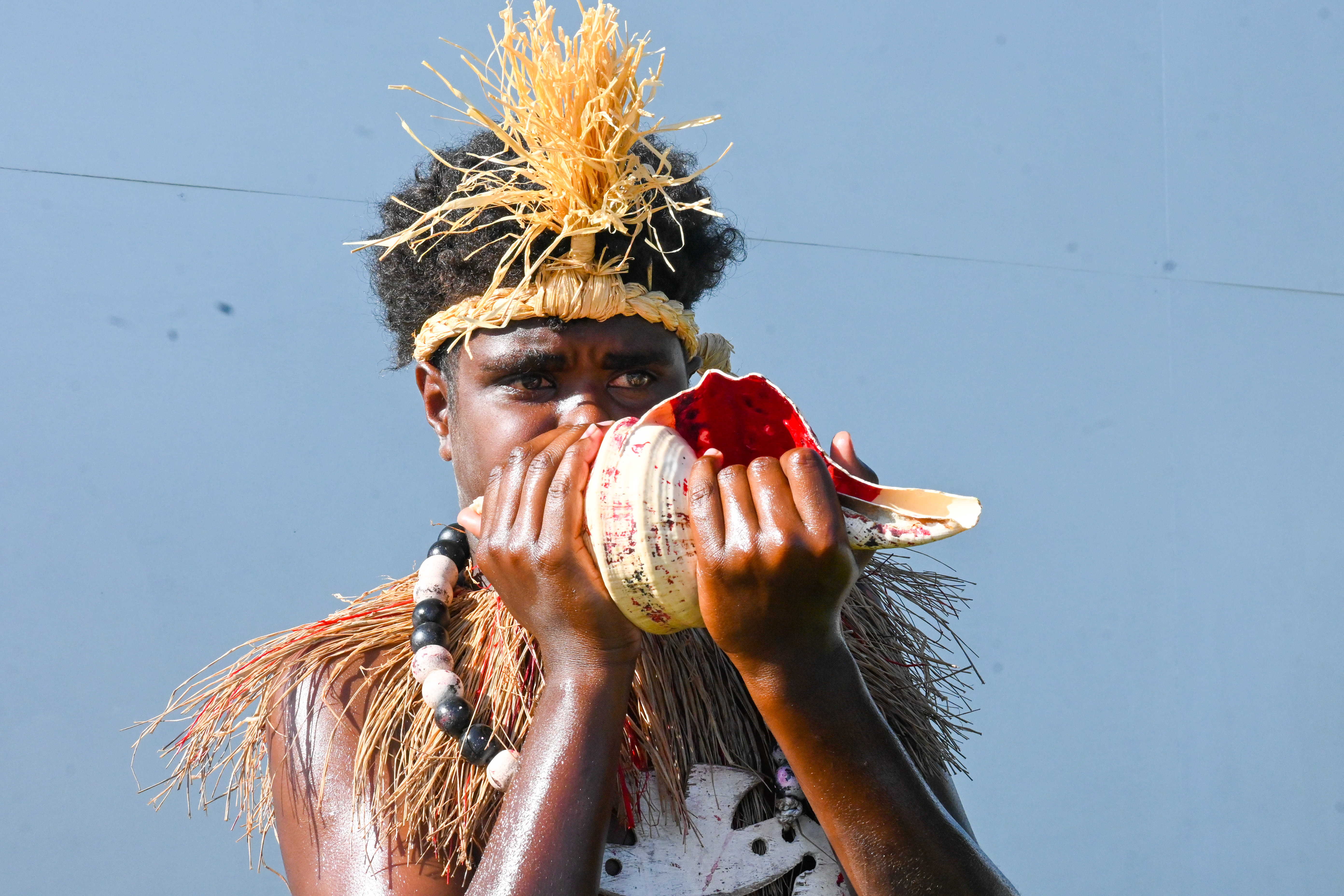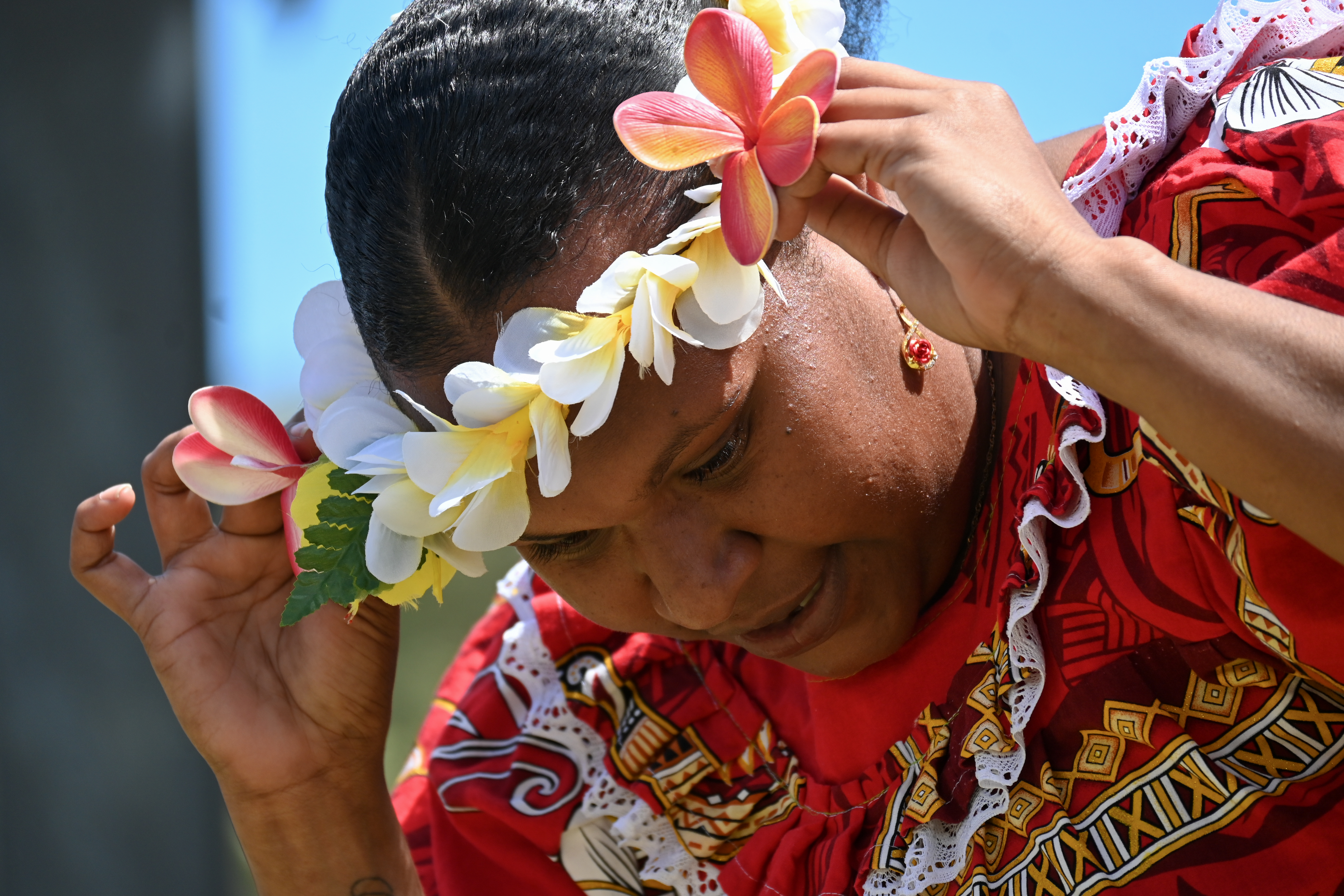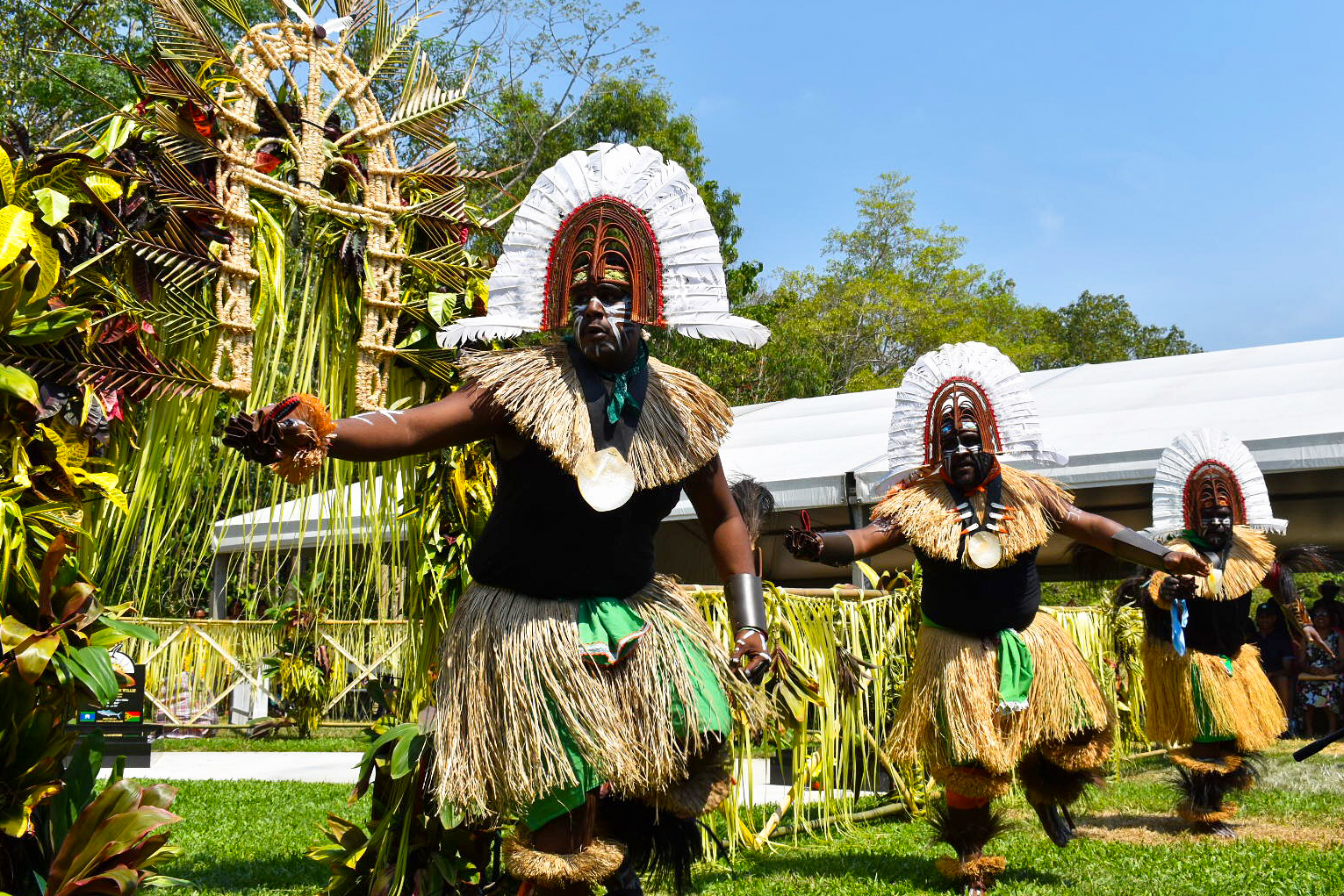‘If all the old songs are lost, then we don’t remember who we are.’
Lenie Tipiloura, Senior Tiwi woman
Songs are important for transmitting cultural and historical information, encoding knowledge of genealogies and stories, records of ancestors and kinships, knowledge of the universe and the land, medicinal and culinary knowledge, social norms, taboos, ecological knowledge, and many other things.
Songs represent a key resource for developing innovative solutions to combating climate change and protecting biodiversity. When songs go quiet, a lot more than the songs are lost.
Listen to Nyungar musicologist and musician, Associate Professor Clint Bracknell talking about the status of Aboriginal and Torres Strait Islander music and performance traditions, and their intrinsic importance to the fabric of life for Aboriginal and Torres Strait Islander peoples and their links to landscape.
Clint calls for Australian music institutions to do better to ensure that Indigenous peoples, their musics and their self-determination are core business in music education.
-
Transcript
Australia is home to one of the world’s long standing and threatened place based performance traditions. In a 2008 interview, music researcher, Allan Marrett estimated that 90% of Aboriginal and Torres Strait Islander traditions are considered to be lost.
Because these traditions are predominantly vocal and based in language it is concerning that just 13 of more than 200 Indigenous languages maintain fluent speakers across all generations.
Although song traditions are endangered, Aboriginal and Torres Strait Islander people consider them to be crucially important. It is rare for Aboriginal languages to have a word just for a song or music because they are considered so fundamental to the fabric of life and often linked with dance, ceremony, visual design, landscapes and people.
In language projects when researchers go out to record, community members often are asked to record songs as a means to safeguard them for future generations.
Songs are more than language, in the book Gurrumul Story, the late Gordon Lockyer explained “with English songs if you understand English, you should know what you are singing about, but with Aboriginal songs it is not quite the same. The meaning is there but you can’t say what every little word means. The sound gives you the meaning of it all. Another link between songs and landscapes.
Bruce Chatwin’s 1987 publication Songlines widely popularised the term Songlines. What he refers to as a labyrinth of invisible stories sung and traversed pathways across Australia.
So called songlines are linked performances or ceremonies that can journey from one point to another or circle around to meet or focus on a single landmark. Aboriginal performances also include travelling songs and dances that are shared across linguistic and geographical boundaries that connect people across landscapes.
Irene Watson observes that the natural world is still singing even though the greater part of humanity has disconnected itself from song. In this way performance can be understood as a reciprocal relationship with place. Even in regions where settler colonialism has adversely impacted knowledge of languages and songs, there are still possibilities for connecting with place through performance.
The United Nations expert group on Indigenous languages has declared Indigenous language loss a global crisis. And this phenomenon is most prevalent in Australia.
Support for Indigenous culture and languages is considered essential for closing the gap.
The Human Rights Commission has also found that connectedness to culture and land and opportunities for self-determination can assist with significantly reducing morbidity and mortality rates.
Although frequently overlooked in scientific literature, factors supporting human connection to the environment such as story, language and song are key to peoples everyday wellbeing.
Aboriginal and Torres Strait Islander people affirm that performance, languages and associated ways of knowing country are fundamental to positive health outcomes and identity.
Generally, participating in music is identified as something supporting social cohesion and self-esteem.
As musical researcher Jeff Todd Titans asserts “Persons sustain music and music sustains people”.
Aboriginal and Torres Strait Islander song still teeters on the fringe of Australian music institutions despite the position of Aboriginal and Torres Strait Islander music makers at the centre of international representations of Australian culture.
Music’s ubiquity and diversity worldwide show its potential as a tool to manage the changing world in societies of the past and present.
Yet this potential is largely neglected in contemporary Australia and our thinking and evidence base is limited by the narrow European focus within our institutions
The sheer weight of institutional investment in superior European musics prolongs Australia’s characteristic cultural cringe and the trivialisation of Aboriginal and Torres Strait Islander cultures.
Recent calls to decolonise music education and decentre the study of classical music ring hollow in the Australian context because despite stated aspirations, there is a big gap at the heart of institutions.
Addressing this gap requires not just greater inclusion of Indigenous peoples and their musics but also advocacy for Indigenous self-determination as core business.
It has never been more important to understand and appreciate the links between Indigenous performance, language, landscapes and social cohesion.
Songs give us a sense of who we are, Toby Whaleboat, Mer Islander




